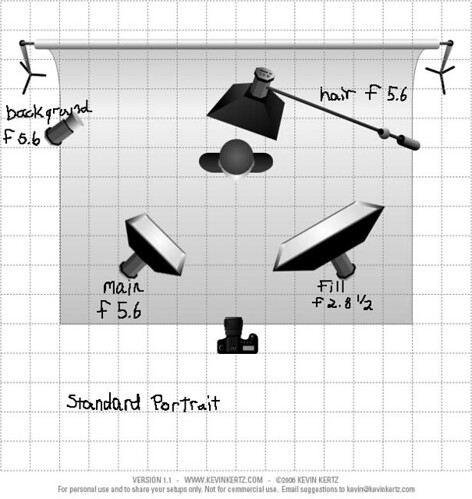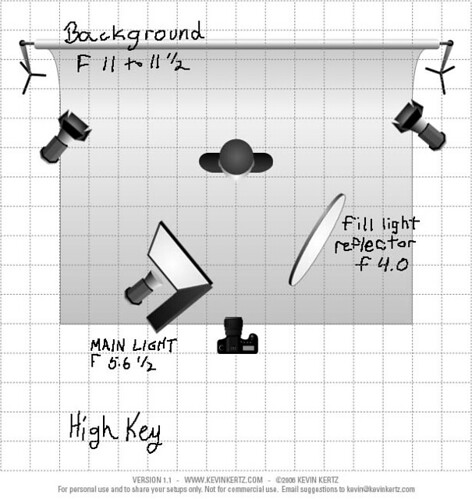Last night we discussed the zone system developed by Ansel Adams.
My understanding of the zone system is this:
The zone system deals with the tonality of the subject matter based upon the amount of reflected light. So whenever we use our TTL (through the lens) meter we are in essence using the zone system of tonality. Where this really comes into play is the fact that your TTL meter wants to make every 18% gray so no matter what you focus on, your camera will try to make it 18% gray. This is where we get into trouble and where the zone system can help us out. There are 10 zones in the zone system. O - IX designated by Roman numerals. Some key zones to remember are:
IX - Pure White, there will be no texture here
VII - White with some texture, imagine snow in the shade, it will still be white but you can make out the texture of the snow
VI - This is the zone where caucasion skin tones are
V - This is 18% gray
O - Pure Black, there will be no texture here.
One thing to note here is that every zone is exactly 1 stop apart from the previous zone. So this means that Zone VI is one stop or twice as much light as Zone V. So this will help us when taking a picture of a person. If we want there skin to be the right tone and the TTL meter gives us a reading of F8 at 125 we know that we need to open up one stop more to get the correct exposure. So we could do F5.6 at 125 or F8 at 60.
The resources that we were giving to help us understand the zone system better are:
http://www.zone2tone.co.uk
http://luminous-landscape.com/tutorials/zone_system.shtml
http://www.creativephotography.org/education/guides/aaguide/zonesys.htm
http://en.wikipedia.org/wiki/Zone_system
http://www.srphotography.co.uk/srpzone.html
http://www.normankoren.com/digital_tonality.html



